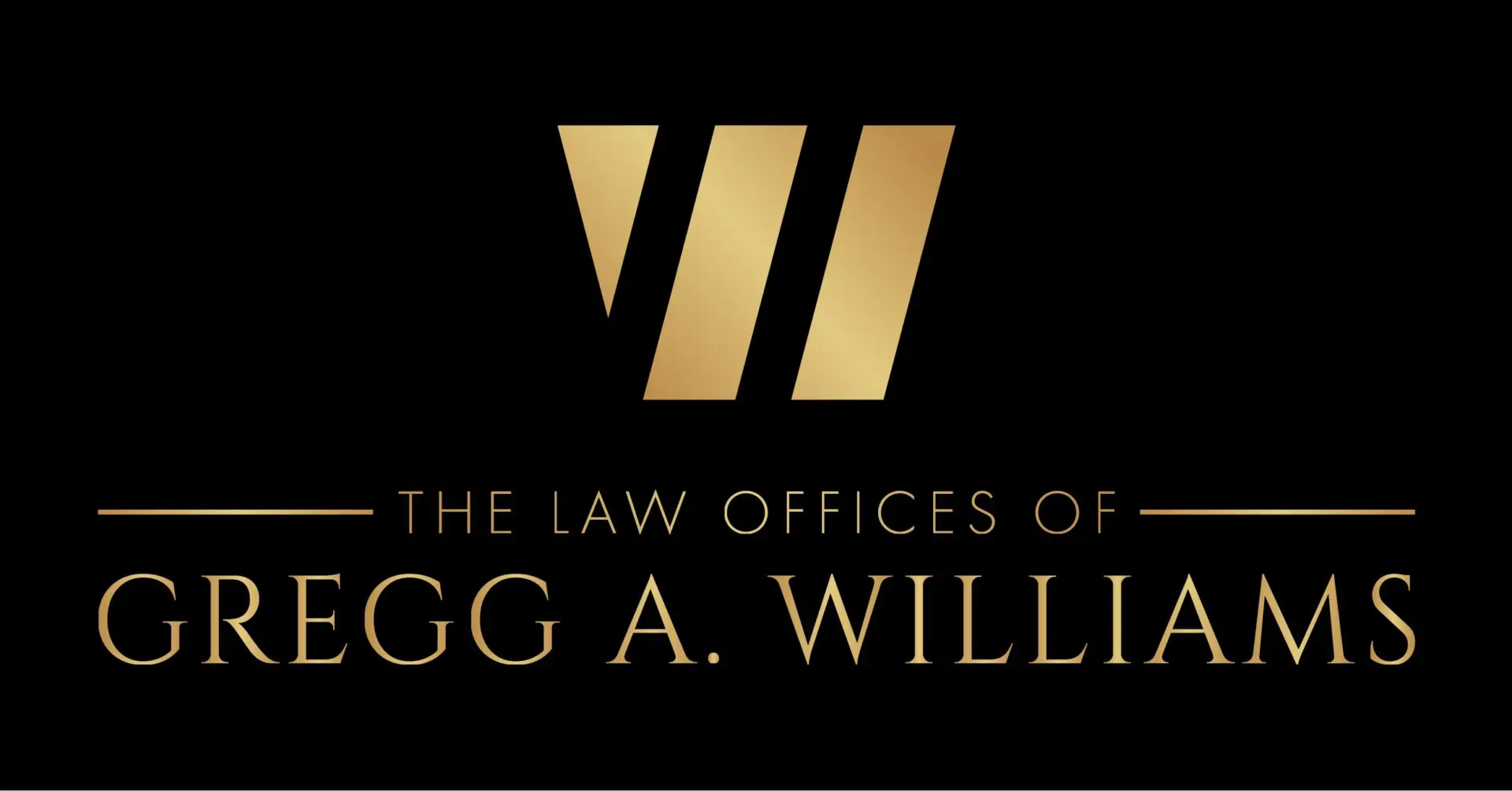With the opening of the New Nickelodeon Universe Theme Park at American Dreams Mall and the soon-to-open waterpark at the new Rutherford, New Jersey mall, its important to keep in mind that if the attractions at such amusement parks are not operated, monitored and maintained in a reasonable manor there is an increased risk of accidents and injuries.
There are two main categories of amusement park rides: fixed-site and mobile.
Fixed-site rides are permanent and are not moved from location to location, such as the American Dreams amusement parks, Six Flags Great Adventure or Morey’s Pier.
Mobile amusement rides travel from place to place, such as rides that you find at carnivals and county fairs.
Additionally, there are some amusement rides that are classified as inflatable amusement attractions, such as moon bounces and inflatable slides; these types of attractions are not governed under any safety regulations in New Jersey. This does not mean that if you are injured on such attractions, that you do not have a case. It simply means that there have been no state regulations specifically addressing these rides and therefore common law negligence would apply.
The Consumer Product Safety Commission (CPSC) is the national governing authority that regulates mobile amusement park rides. While the CPSC is responsible for setting the safety standards as well as overseeing and investigating injuries at mobile parks, the commission does not conduct inspections of every carnival or fair. The lack of inspections at such events becomes an even bigger concern when paired with the fact that the implementation of these safety standards is voluntary, not mandatory.
Unfortunately, the CPSC also does not have the power to regulate or inspect fixed-site amusement rides. In fact, there are no federally-regulated safety measures for amusement rides that are classified as fixed-site. While some states enforce safety regulations for fixed-site rides, there is no national standard for safety. The exclusion of fixed-site rides from the CPSC’s authority is often referred to as the “Roller Coaster Loophole” and has become quite a controversial issue for safety regulation. Many times, these fixed-site rides are not held to the same level of maintenance and safety inspections as those of carnivals and mobile rides. This is especially concerning in New Jersey, as many of the parks that we love and visit with our families are fixed-site amusement parks. When the authority to regulate fixed-site rides was taken away from the CPSC in the 80’s, the responsibility fell on the state and local governments.
In New Jersey, fixed-site amusement park regulations are governed by the Carnival and Amusement Ride Safety Act (CARSA), N.J.S.A. 5:3-31, et seq. (1975). This act established an annual safety inspection program for fixed-site rides, through which rides that pass inspection are given a green sticker and those that have not are given red stickers. Additional safety regulations governed by the Carnival and Amusement Ride Safety Act include:
- Fixed-ride manufacturers must have their rides certified before it can be sold for operation in New Jersey
- Owners of fixed-site rides must register each ride with an annual permit, which requires annual as well as random operational inspections throughout the year
Parks and operators must ensure the rides are safe and has the appropriate restraints, inspections, maintenance, supervision, and instructions for riders. In the case that an employee fails to properly secure a rider, does not post the necessary safety instructions, or does not maintain a ride correctly, then he or she may be held liable for any injuries that result. Amusement parks in New Jersey can also be held responsible for actions of their employees. This type of legal claim would be for negligence, and the case would need to prove that the defendant did not take the proper safety precautions or was negligent in being careful about the safety of riders, and that this negligence caused the injury.
Examples of these cases of negligence include:
- Not adequately warning riders of the risks involved with a ride, even if there are marked signs
- Failing to safely maintain equipment or inspect the rides
- Failing to train the ride operators sufficiently
- Failing to warn riders that have certain conditions, such as a heart problem, that they should not go on a ride
- Not operating the ride correctly
- Giving incorrect instructions to riders
Reporting Requirement for Injuries at a New Jersey Amusement Park
In the unfortunate event that you or your loved one is injured at an amusement park in New Jersey, your first step is to get medical treatment. The next extremely important step is reaching out to a qualified legal team for help. If you have been injured in one of these situations, the State of New Jersey requires you to provide the amusement park with a written notice that includes all of the pertinent details of the incident within 90 days of the incident. This is why it is extremely important to seek legal help to avoid losing your option to pursue a claim for your injuries.
Here at The Law Offices of Gregg A. Williams, we recommend that you speak with an experienced amusement park personal injury lawyer on our team prior to speaking to any representatives on behalf of the amusement park.
